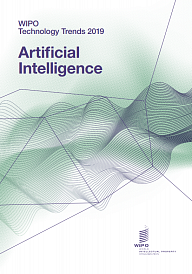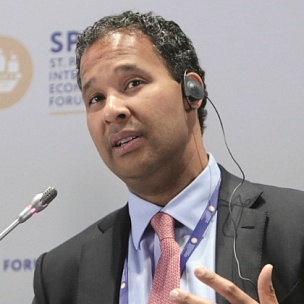This publication by WIPO (World Intellectual Property Organization) is among the first to systematically research trends in AI technology in order to discover which fields show the largest amount of innovative AI activity, which companies and what institutions are leading AI development, and the location of future growth markets. WIPO has devised a new framework for the understanding of developments in the field, with AI-related technologies grouped to reflect three dimensions of AI: techniques used in AI, such as machine learning; functional applications, such as speech processing and computer vision; and application fields, including telecommunications and transportation. For each of these areas, this report provides data and analysis that identify trends, key players, geographical spread and market activity, including acquisitions and litigation. In addition, it includes contributions from AI experts from across the globe, addressing issues such as existing and potential uses and impact of AI technology, legal and regulatory questions, data protection and ethical concerns.
The WIPO experts observe that AI-related inventions are booming, shifting from theory to commercial application. Since artificial intelligence emerged in the 1950s, innovators and researchers have filed applications for nearly 340,000 AI-related inventions and published over 1.6 million scientific publications. Notably, AI-related patenting is growing rapidly: over half of the identified inventions have been published since 2013. Machine learning is the dominant AI technique disclosed in patents and is included in more than one-third of all identified inventions (134,777 patent documents). Filings of machine learning-related patent have grown annually on annual average by 28 percent. Among AI functional applications, computer vision, which includes image recognition, is the most popular. Computer vision is mentioned in 49 percent of all AI-related patents (167,038 patent documents), growing annually by an average of 24 percent. AI functional applications with the highest growth rates in patent filings in the period 2013 to 2016 were AI for robotics and control methods, which both grew on average by 55 percent a year. The growth rates observed in the identified AI-related patent data are noticeably higher than the average annual growth rate for patents across all areas of technology, which was 10 percent between 2013 and 2016.
The application fields identified in the present analysis include telecommunications (mentioned in 15 percent of all identified patent documents), transportation (15 percent), life and medical sciences (12 percent), and personal devices, computing and human—computer interaction (HCI) (11 percent). Notably, nearly 70 percent of inventions related to AI mention an AI technique, application or field in combination with another. Companies represent 26 out of the top 30 AI patent applicants, while only four are universities or public research organizations. Of the top 20 companies filing AI-related patents, 12 are based in Japan, three are from the U.S. and two are from China. IBM has the largest portfolio of AI patent applications with 8,290 inventions, followed by Microsoft with 5,930. Rounding out the top five applicants are Toshiba (5,223), Samsung (5,102) and NEC (4,406). In certain techniques and fields, the highest numbers of patent applications originate from companies with a high degree of specialization and expertise in that field. For example, Baidu ranks highly for deep learning. Universities and public research organizations play a leading role in inventions in selected AI fields such as distributed AI, some machine learning techniques and neuroscience/neurorobotics. There are 167 universities and public research organizations ranked among the top 500 patent applicants. Of these, 110 are Chinese, 20 are from the U.S., 19 from the Republic of Korea and 4 from Japan.
The U.S., China and Japan are the three most popular offices for filing AI patents. These three offices account for 78 percent of total patent filings. Acquisitions complement internal research and IP strategies. In total, 434 companies in the AI sector have been acquired since 1998, with 53 percent of acquisitions having taken place since 2016. The number of acquisitions identified in the AI sector has increased every year since 2012, reaching 103 in 2017.
The analysis presented in this report offers new insights into trends in AI innovation. It shows the extent to which artificial intelligence is playing an increasingly important role in a range of technological and other activities. The potential societal impact of AI has already been identified — and much more is to come. In this regard, AI must be viewed in conjunction with its expected effect on the workforce, the economy and society as a whole.
Close






